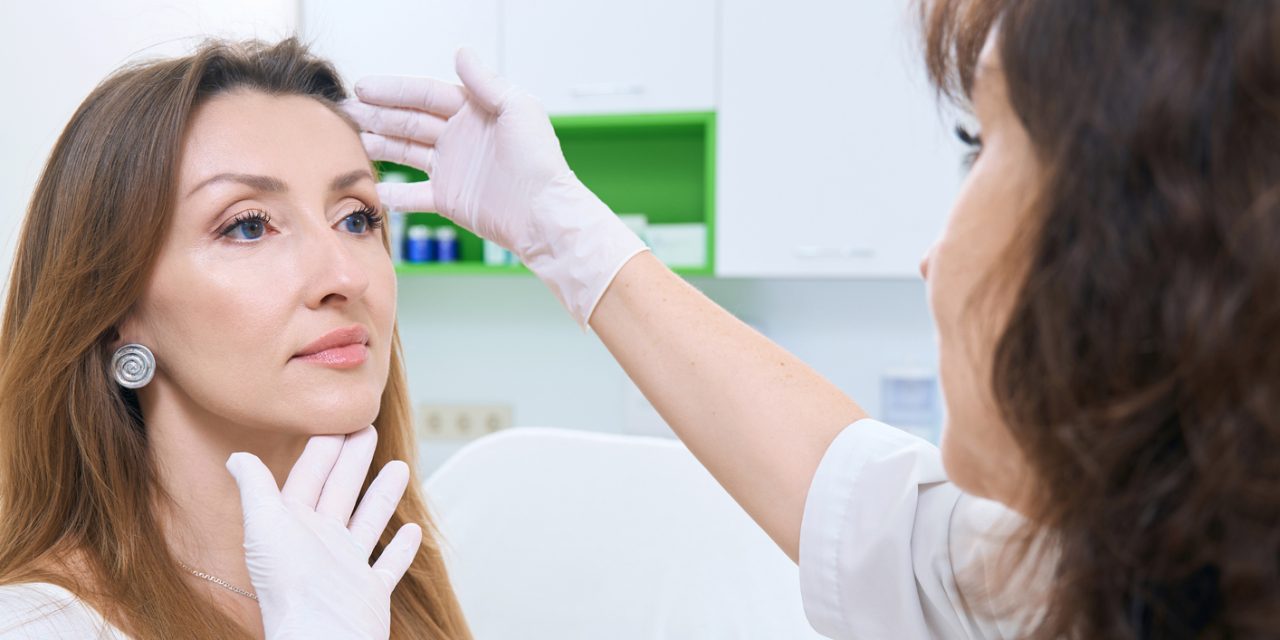Despite nearly 2 million people infected with Covid-19 and a milestone of more than 100,000 dead, the U.S. is trying to reopen for business. The question is: How will this be done safely, since the coronavirus does not seem to be going away anytime soon?
CDC guidance suggests that people can keep themselves safe by wearing cloth masks, maintaining 6 feet between people, and handwashing frequently. The 6-foot perimeter, however, may not be sufficient, according to a recently published article that reports the distance of aerosol spread may be underestimated. Moreover, it appears that asymptomatic spread has also been underestimated, as a study, recently reported by BreakingMED, showed that on a cruise ship, 81% of those who tested positive for Covid-19 were asymptomatic.
“Aerosols can accumulate, remain infectious in indoor air for hours, and be easily inhaled deep into the lungs. For society to resume, measures designed to reduce aerosol transmission must be implemented, including universal masking and regular, widespread testing to identify and isolate infected asymptomatic individuals,” Kimberly A. Prather, Scripps Institution of Oceanography, University of California, San Diego, and colleagues wrote in the journal Science.
They noted that the recommendations for social distancing of 6 feet and hand washing were based on studies of respiratory droplets carried out in the 1930s prior to technology to detect submicron aerosols. The earlier studies showed that droplets that were ~100 µm from coughs and sneezes quickly succumbed to gravity and thus didn’t hang out in the air for very long.
“As a comparison, calculations predict that in still air, a 100-μm droplet will settle to the ground from 8 ft in 4.6 s whereas a 1-μm aerosol particle will take 12.4 hours,” Prather and colleagues write. “Measurements now show that intense coughs and sneezes that propel larger droplets more than 20 ft can also create thousands of aerosols that can travel even further.”
Therefore, a 6-foot distance between people will likely not be sufficient indoors, “where aerosols can remain airborne for hours, accumulate over time, and follow air flows over distances further than 6 feet,” Prather and colleagues explained.
Outdoors may not be much better, they added, as there are factors that can affect spread — breezes and winds that can propel droplets long distances and exercising and speaking that can feed droplets into air streams. The somewhat good news is that, outdoors, the droplets may be diluted, and ultraviolet radiation, ambient temperature, and relative humidity may also lessen SARS-CoV-2’s impact. But Prather and colleagues noted that it is known that “viruses can attach to other particles such as dust and pollution, which can modify the aerodynamic characteristics and increase dispersion.” Air pollution, too, can be problematic, they noted.
So how far is far enough for social distancing?
Take cigarette smoke, for example.
“The distance from a smoker at which one smells cigarette smoke indicates the distance in those surroundings at which one could inhale infectious aerosols,” they wrote. “In an enclosed room with asymptomatic individuals, infectious aerosol concentrations can increase over time. Overall, the probability of becoming infected indoors will depend on the total amount of SARS-CoV-2 inhaled. Ultimately, the amount of ventilation, number of people, how long one visits an indoor facility, and activities that affect air flow will all modulate viral transmission pathways and exposure.”
Given this, Prather and colleagues suggested that masks should be worn even indoors and even when maintaining the recommended 6-foot-distance.
Asymptomatic spread, they noted, will “undermine the effectiveness of even the most vigorous testing, tracing, and social distancing programs.”
The most successful countries in quelling the spread of Covid-19, Prather and colleagues wrote, are those that implemented universal masking.
“Aerosol transmission of viruses must be acknowledged as a key factor leading to the spread of infectious respiratory disease,” Prather and colleagues wrote, especially given the silent spread from asymptomatic individuals.
Candace Hoffmann, Managing Editor, BreakingMED™
Cat ID: 151
Topic ID: 88,151,254,930,791,932,570,574,730,933,125,190,520,926,192,927,151,928,925,934


